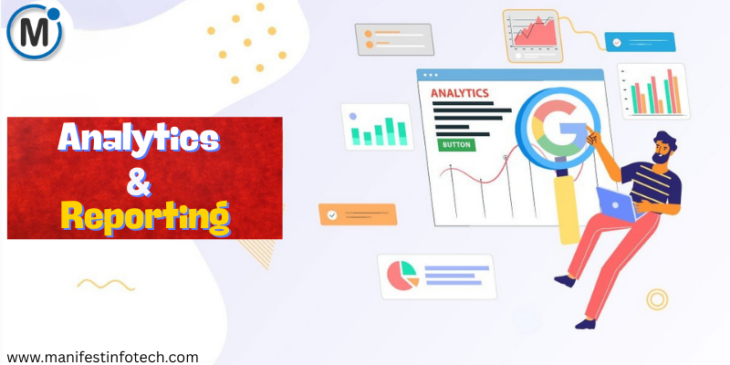
You can’t improve what you don’t measure. Whether you’re launching a mobile app, online game, or web platform, tracking user behavior and marketing performance is essential. Analytics and reporting help you make data-driven decisions, understand your audience, and fine-tune your strategies to maximize growth.
Here’s how to effectively use analytics to boost your digital product’s success.
1. Why Analytics Matter
Analytics go beyond vanity metrics like downloads and page views. They reveal how users interact with your app or site, where they drop off, what features they love, and what’s not working. With the right insights, you can:
Increase retention
Improve user experience
Optimize marketing campaigns
Maximize ROI
Without data, you’re guessing. With data, you’re strategizing.
2. Choose the Right Analytics Tools
There are plenty of powerful analytics platforms tailored for different use cases:
Google Analytics 4 (GA4): Ideal for web platforms and apps, offering deep insights into user behavior.
Firebase Analytics: Designed for mobile apps, with real-time event tracking and user segmentation.
Mixpanel: Great for product-focused teams to track user journeys and funnels.
Amplitude: Helps analyze user retention and behavior across sessions.
GameAnalytics: Built specifically for game developers to monitor sessions, in-game actions, and monetization.
Pick a tool (or combination) that aligns with your product type and business goals.
3. Track What Matters Most
Don’t get overwhelmed by numbers. Focus on Key Performance Indicators (KPIs) that align with your goals. Some essential KPIs include:
User Acquisition: Where are users coming from? Which channels convert best?
Engagement: How often do users return? What features do they use most?
Retention: How many users come back after 1 day, 7 days, or 30 days?
Conversions: Are users completing desired actions like purchases, signups, or upgrades?
Churn Rate: When and why are users dropping off?
These insights tell you what’s working and where to optimize.
4. Use Cohort and Funnel Analysis
Cohort analysis groups users based on shared behaviors (like sign-up date or app version) to see how long they stay active. This helps you evaluate the effectiveness of updates or marketing campaigns over time.
Funnel analysis helps you understand user flows—how people move from discovery to action. Spot where they drop off and improve those touchpoints.
5. Make Data-Driven Improvements
Use your findings to take real action:
Tweak your onboarding process to reduce drop-offs
Improve underperforming ad campaigns
Add or remove features based on user behavior
Personalize marketing based on user segments
Constant testing and iterating based on analytics will drive consistent growth.
Final Thoughts
Success in today’s digital space isn’t just about having a great product—it’s about understanding how people use it and continually improving it. By leveraging analytics and reporting, you’ll be able to track what’s working, cut what’s not, and steer your app, game, or platform toward long-term success.
Let data guide your growth—it’s your most powerful marketing tool.
If you are looking for any services related to Website Development, App Development, Digital Marketing and SEO, just email us at nchouksey@manifestinfotech.com or Skype id: live:76bad32bff24d30d
𝐅𝐨𝐥𝐥𝐨𝐰 𝐔𝐬:
𝐋𝐢𝐧𝐤𝐞𝐝𝐢𝐧: linkedin.com/company/manifestinfotech
𝐅𝐚𝐜𝐞𝐛𝐨𝐨𝐤: facebook.com/manifestinfotech/
𝐈𝐧𝐬𝐭𝐚𝐠𝐫𝐚𝐦: instagram.com/manifestinfotech/
𝐓𝐰𝐢𝐭𝐭𝐞𝐫: twitter.com/Manifest_info
#AppAnalytics #GameAnalytics #WebAnalytics #DigitalMarketing #GrowthHacking #DataDrivenMarketing #Firebase #GA4 #Mixpanel #UserEngagement #MarketingStrategy